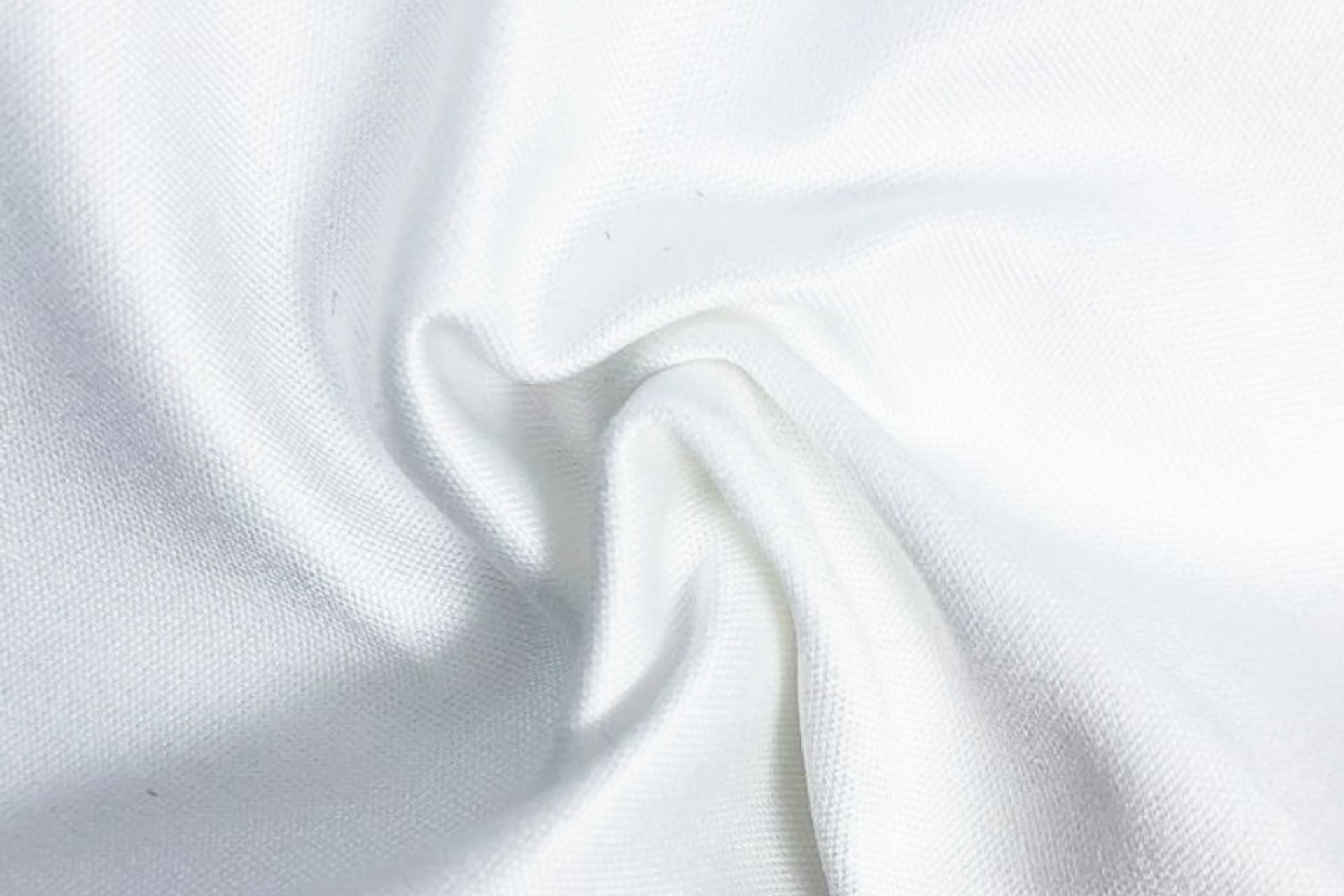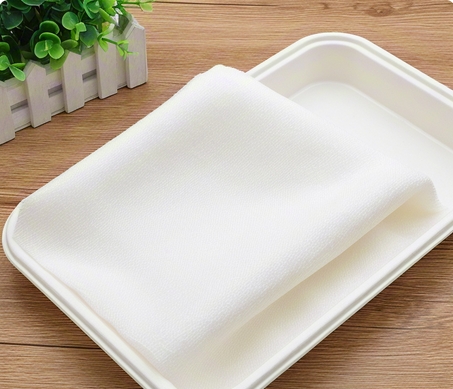Language

Scroll dust-free cloth selection guide and technical specifications
1. Scientific basis for material selection. During the selection of roll dust-free cloth, fiber ratio directly affects the cleaning efficiency. Industry standards recommend the use of microfiber structures that combine polyester (70-80%) and nylon (20-30%). This precision ratio brings the fiber diameter to the level of 0.1-0.3 microns. Compared with ordinary polyester products, the capillary effect formed on the surface of this material is like a micro vacuum cleaner, which increases the removal rate of oily fingerprints (contact resistance value<0.5Ω), micron-scale metal powder (particle size ≤5μm), and ITO sputtering residues in the LCD process by more than 40%.
2. Interpretation of the cleanliness level standards According to ISO 14644-1 standard, it is recommended to give priority to the use of reel dust-free cloth products with cleanliness of 100 (≥0.5μm per cubic meter ≤3,520 particles) or 1,000 (≤35,200) cleanliness. For example, in the chemical mechanical plagiarization process of wafer processing, a level 100-level clean cloth can effectively control the surface dust density to ≤0.1 parts/cm² to avoid the risk of microcircuit short circuit. For ordinary electronic assembly scenarios, standard products of 10,000-level products can be used as appropriate.
3. Key physical performance indicators 1. Fluid adsorption performance: The liquid absorption rate of high-quality reel dust-free cloth should reach 5-8ml/s, and the oil absorption volume should be ≥4g/㎡. It is recommended to pass the ASTM D4771 standard test to ensure that the conductive silver glue residue can be completely absorbed during the cleaning of the LCD panel terminals.
4. Gram weight parameter specification: The industry benchmark is set to 180-220g/㎡. Products below 180g are prone to fiber fall off when the TFT-LCD glass substrate is wiped. For special scenarios such as semiconductor probe table maintenance, it is recommended to use a 240g high-density braided structure. 5. Edge sealing process evolution: The hot cutting edge sealing technology has now achieved accurate cutting of 0.2mm. Compared with traditional ultrasonic edge sealing, the edge strength is increased by 35% and there is no melting residue. According to actual measurement data, this process extends the service life of the roll to 500 cleaning cycles.
6. The standard width design covers the range of 300mm to 1200mm, corresponding to different automation equipment needs. For example, LED epitaxial sheet cleaning mostly uses 600mm×100m specifications, while photovoltaic cell manufacturing process requires to be customized 800mm wide-frame products. It is recommended to reserve a safety margin of 5-10mm based on the spacing between the equipment guide rails to avoid running stagnation.
7. Supplier evaluation system Manufacturers should establish a supplier audit matrix: covering the full process control capabilities from spinning (fineness deviation ≤3%), weaving (warp and weft density tolerance ±2 roots/cm) to clean packaging (Class level 10 environment). It is recommended to check whether the manufacturer holds IEST-RP-CC004.3 certification. This standard ensures that the particle release amount of the product under 12kV electrostatic shielding is<15 pieces/㎡.
In the field of precision manufacturing, the selection of reel dust-free cloth directly affects product yield and process stability. Taking the optoelectronics industry as an example, the cleaning of LCD module terminals requires the use of microfiber dust-free cloth, and its electrostatic elimination function can effectively prevent secondary pollution of dust.
In the semiconductor packaging process, the wear resistance coefficient of the fabric must meet the ISO level 4 cleaning standard in the semiconductor packaging process, which puts special requirements on the tear resistance of the wipe material.
In the wiping process of camera cover (CG), multi-layer composite dust-free cloth is generally used in the industry. This type of material can meet the requirements of 0.3μm particulate matter interception and 99.97% light transmittance, especially in the assembly process of mobile phone lens modules, it is necessary to achieve zero residue cleaning with IPA solvent. It is worth noting that in the OCA full bonding process, the specially treated reel dust-free cloth can control the bubble incidence below 0.02%.
Medical-grade wipe materials must comply with ISO 13485 medical device quality management specifications. The dust-free cloth for laboratories not only requires sterilization, but its material extract concentration must be less than 10ppm.
Tags:
RELATED RESOURCES

The Difference Between Single Knitted and Cross Knitted Cleanroom Wipers
Learn the key differences between single knitted and cross knitted cleanroom wipers, their specific applicatio......
More

Everything You Need to Know about Cleanroom Wipers
This comprehensive guide covers everything from basic concepts to detailed specifications of cleanroom wipers....
More

How Do Substrates and Edge Treatments Influence Your Choice of Cleanroom Wipers?
Learn about the impact of substrates and edge treatments on cleanliness, absorbency, and durability....
More

Ultrafine dust-free cloth technology upgrade: the secret of achieving Class 1000 cleanliness standar
In the field of industrial precision cleaning, there are significant technical grading differences in professi......
More
Related Products
Room 101, Building 1, Angeer Factory, No.4, Hetian Road, Shatian Community, Kengzi Street, Pingshan District, Shenzhen, Guangdong, P.R. China 518122
info@wipestar.com
+86-755-89616775
+86-755-89616773
Related Products
RELATED RESOURCES

The Difference Between Single Knitted and Cross Knitted Cleanroom Wipers
Learn the key differences between single knitted and cross knitted cleanroom wipers, their specific applicatio.........
More

Everything You Need to Know about Cleanroom Wipers
This comprehensive guide covers everything from basic concepts to detailed specifications of cleanroom wipers.......
More
WIPESTAR
微信官方公众号